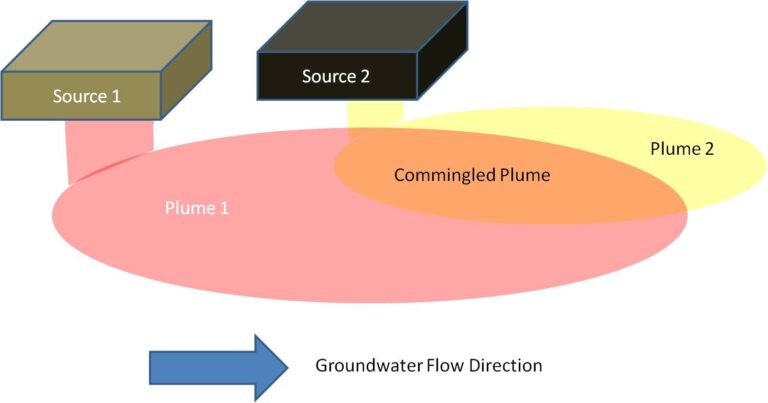Revisions to the standard by which Phase I Environmental Site Assessments (ESAs) are performed are currently in review by the U.S. EPA with some significant proposed modifications that are expected to have a considerable impact on the environmental due diligence process as we know it. In 2005, we saw a major revamping of the Phase I ESA process in response to the 2002 enactment of the Small Business Liability Relief and Brownfields Revitalization Act. Under this law, the US EPA was charged with establishing by rule the “generally accepted good commercial and customary standards and practices” that had to be followed by a party seeking immunity to CERCLA liability. The EPA responded by establishing the All Appropriate Inquiry (AAI) rule, which went into effect on November 1, 2006. Prior to establishment of the rule, Phase I ESAs were generally performed to the American Society for Testing and Materials (ASTM) E 1527 Standard Practice for Environmental Site Assessments: Phase I Environmental Site Assessment Process. To meet the requirements of the EPA’s AAI rule, ASTM rolled out E 1527-05. The varied interpretations of portions of the rule have sparked debate amongst Environmental Professionals (EPs) and other interested stakeholders over the past 7 years. These debates have ranged from determining what really constitutes a Recognized Environmental Condition (REC), to whether or not soil vapor should be considered as a potential source of impact, to when EPs are required to do a file review. The ASTM E 1527 standard is currently undergoing revisions that will serve to clarify the process and comply more closely with the AAI rule as it was intended. The revised standard, to be known as ASTM E 1527-13, is currently under review by the EPA and is expected to be finalized within the first half of 2013, when it will officially replace E 1527-05. Continue reading “Here Comes the Next Game Changer; Phase I Environmental Site Assessments”

